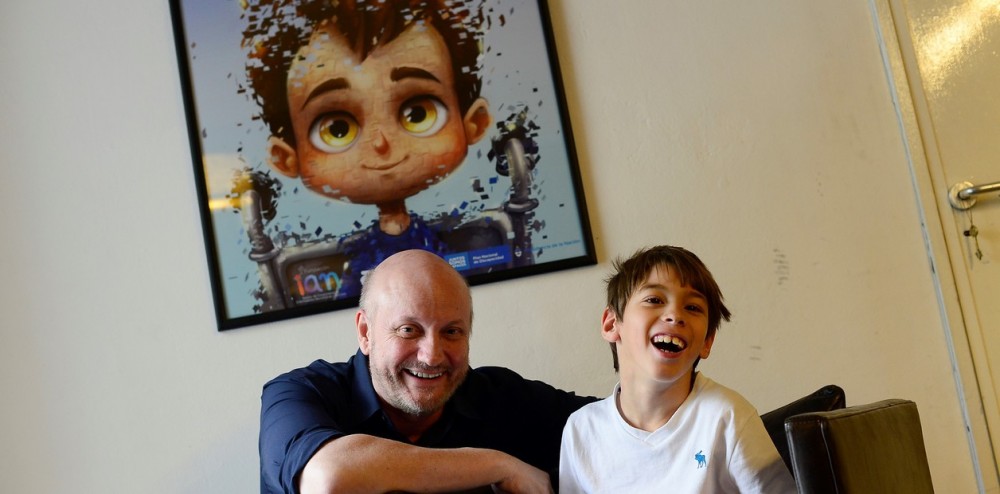Statement from Safer Warwickshire Partnership Board
In the wake of the atrocious events at a synagogue in Manchester, the partners of the Safer Warwickshire Partnership Board which includes Police, local...
Read more...Safer Warwickshire Partnership Board - In the wake of the atrocious events at a synagogue in Manchester... Read More

All kids want to play. Kids with disabilities are no different.
“Ian” is a short, animated film inspired by the real-life Ian, a boy with a disability determined to get to the playground despite his playmates bullying him. This film sets out to show that children with disabilities can and should be included.
The real Ian is a fourth grader who, like most fourth graders, wants to play with his friends. But because some kids are not used to someone like Ian—someone who has cerebral palsy, uses a wheelchair, and a computer that works with his eye movements to communicate—they bully him and don’t include him when they play.
Ian wants the world to know that he and all the other kids like him can play, too, if others include them. “I can play and participate,” Ian said.
The film, to him, educates the children on the playground that he wants to play, and they can play with him. In animation, the film “Ian” shows that all children, disabled or not, are made of the same stuff.
When Ian’s mom, Sheila Graschinsky, saw how children who were not used to people with disabilities treated her son on the playground, she set to work to change their perceptions. She wrote a book called The Gift about the daily life of a family that includes people with disabilities, which she handed out to children who bullied Ian, she told Variety. But handing out books on playgrounds would not have the wide impact she wanted.
For Graschinsky, the message of “Ian” extends far beyond swings and slides. The wordless plot of “Ian” is a boy struggling to achieve access to something he wants, something other children have readily available to them. People with disabilities regularly struggle for access to public spaces, jobs and social inclusion. The international attention the film is getting proves to Graschinsky that “a more inclusive world is possible.”
“The film is an opportunity for all society…to break down barriers, walls, and free us from prejudices,” Graschinsky said. The film was crafted to “guide [all children] to acquire concrete tools to be people of solidarity.”
In the wake of the atrocious events at a synagogue in Manchester, the partners of the Safer Warwickshire Partnership Board which includes Police, local...
Read more...Hate Crime Awareness Week: A blog from Lionel Idan, CCP for London South | The Crown Prosecution Service view his blog here
Read more...On 7 June 2024, the 29-year-old defendant from Nuneaton, directed homophobic abuse towards a member of door staff at a licenced premise he was refused entry to.
Read more...